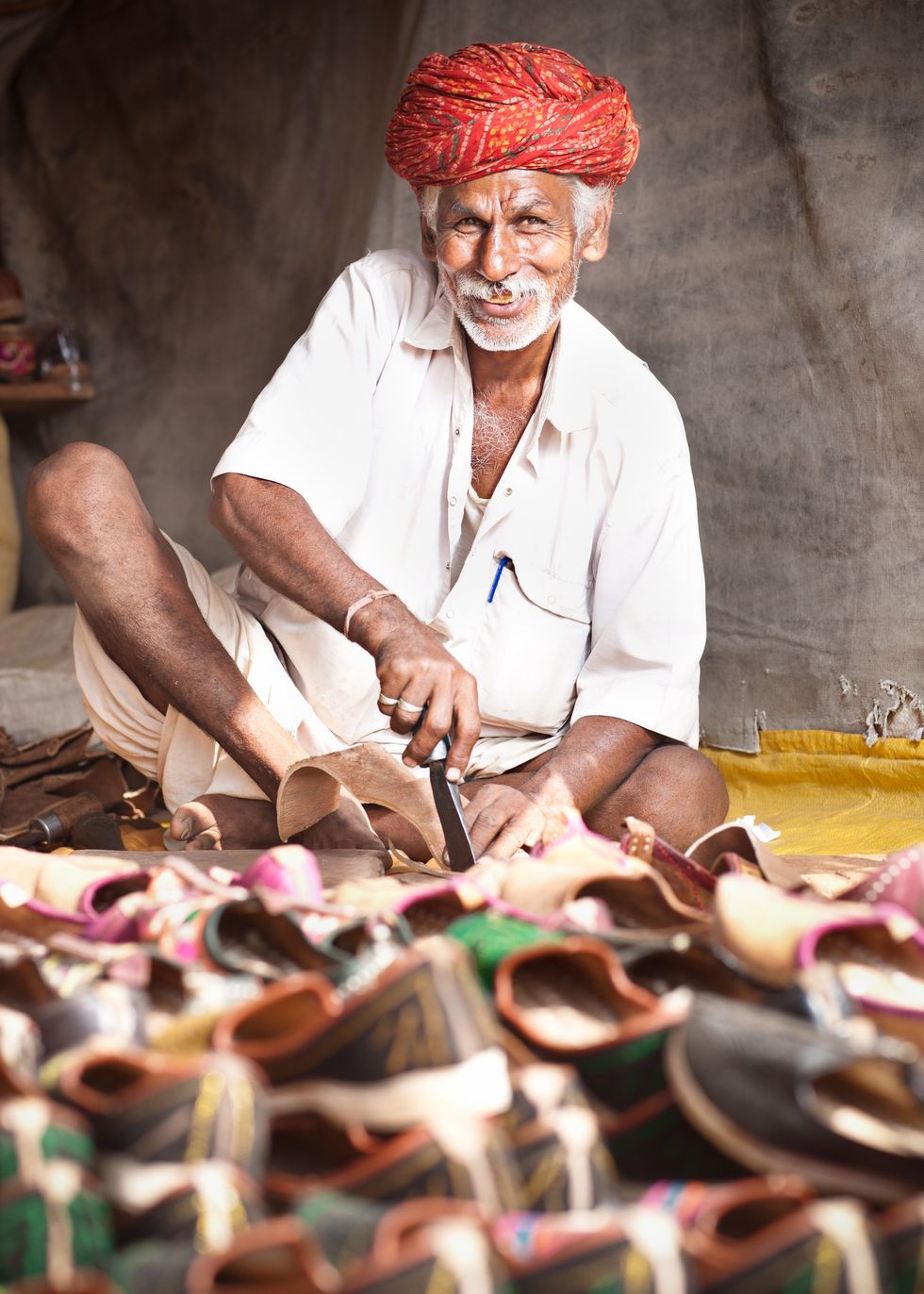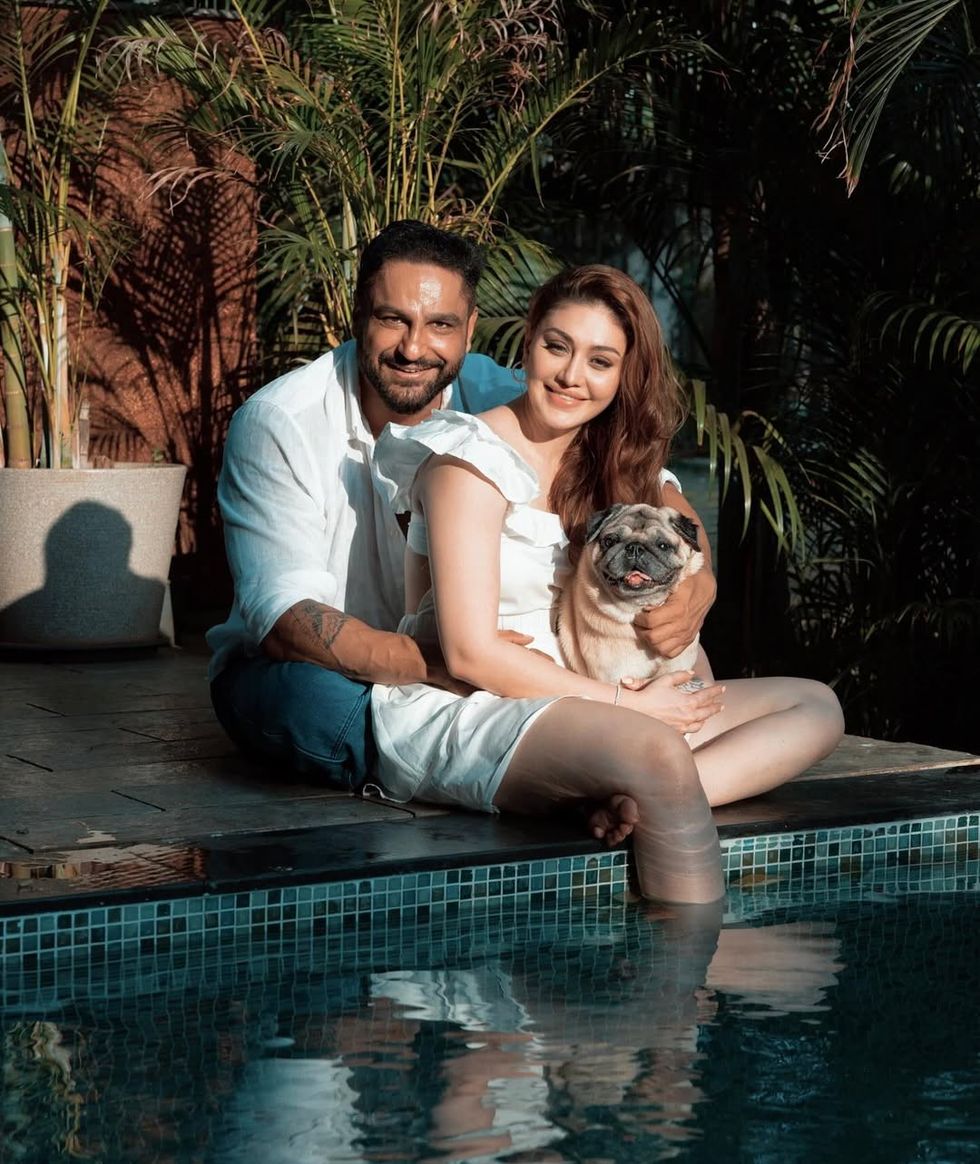By ASJAD NAZIR
LOOK back at the rich 105-year history of Indian cinema and you will see that only a select few of around 10 leading ladies have reached the level of being declared the undisputed queen.
Today that shining crown is being worn by Deepika Padukone, who has risen through the ranks to become the in-demand actress in Bollywood and the most popular Indian celebrity overall on social media.
The latest victory of the all-conquering Hindi cinema queen was playing a historical ruler who makes the ultimate sacrifice in lavish drama Padmaavat, which is the highest grossing Bollywood film of the year so far.
This followed up a successful turn in mega-budget Hollywood film xXx: Return Of Xander Cage opposite Vin Diesel. With the world at her feet, Deepika is looking to do more good work and make a difference with her mental health charity.
Eastern Eye caught up with Deepika to speak about her amazing rise, Padmaavat success, woman empowerment, why Princess Diana means so much to her and more. The superstar actress spoke with honesty and peppered each answer with that winning smile.
How much did it mean to you as an actor that Padmaavat survived all the controversies and did so well?
I think controversies aside, this film deserves every bit of success that is coming its way, if only for just the kind of film that it is. I think the success is directly proportionate to the love with which we have made this film.
I think it is a representation of the hard work, sacrifices and dedication, not just from the actors or director, but from everyone on the crew. Everyone from the unit worked tirelessly for over a year to make this film. Yes of course, the constant hiccups or roadblocks we were faced with and challenges thrown at us made us even stronger.
Padmaavat and the lead stars received massive acclaim, but what was your most memorable moment after it came it?
I think what Javed (Akhtar) saab said about this being my Mother India. That was a huge compliment, and more than what he said it was the way he said it. The way he looked at me, straight into my eyes and the moment in which it happened, is something I will never forget. Another important moment was a message that Sanjay Leela Bhansali sent me, which was so special.
What was in the message?
He said I hope your performance is celebrated as one of the greatest in the history of Indian cinema. That is a message I literally saved and will treasure. It is a message I won’t ever forget.
How much does a movie remain with you after it is over or do you disconnect straight away and move on to the next project?
I think they do stay with you, and especially films like these that just drain you so much emotionally. Some characters like this one take a very long time to leave the system. It’s not that you don’t move on, of course you do and start prepping for your next project.
Life does go on, but it leaves an impression and some projects are ones you live with forever. But yes, some do take a while to fade away.
We at Eastern Eye calculated that you are one of only 10 leading ladies in the 105-year history of Indian cinema that rose up to be the queen. How does that feel?
(Laughs) Well, all I can say is thank you Asjad. Wow, that is so lovely to hear. I am taken aback by it! I didn’t think that in a span of 10 years, in 20 or 30 films, I would get there.
But I guess it’s about being fortunate enough to get to do what you love doing and doing it with honesty and authenticity. I think it is extremely important in everything that you do! Maybe it took me a while to find that, but I guess that has led to me to where I am and it’s about being me and not apologetic about it.
We also calculated that you have the most authentic followers on Instagram and Twitter combined. How much does the love of the fans mean to you?
Oh, it is extremely important! It’s why we do what we do, and again I think even in my social media language I have been extremely authentic. There is always a lot of pressure to put up posts where you get paid or ones that just don’t seem authentic. I do have to push back very often, but am happy my fans see that you know.
Again, when we talk about authenticity, it’s important to share a little bit about your life with fans, but I also believe that it’s not important to share every minute detail. I think it is important to leave a little bit of mystery or something just for yourself.
I think my fans get that, which is why I don’t feel the pressure to post all the time or extremely personal things I may not feel comfortable doing. So I think it is a fine line. I think social media does have its advantages and disadvantages if I may be really honest.
What do you mean?
I work in the field of mental health and know the drawbacks or the negative aspects of over-consuming social media. But I also understand the many advantages it has. So I guess as long as you consume it in moderation, it’s great. You have done some calculation over all these years about where I am in my career and the number of social media followers; I think what is important is to just be authentic and honest.
You are at the top right now, but do you think women are getting more equality in cinema?
We are almost there or at least I think we are getting there. Extremely powerful voices have come out in the last couple of years which has really enabled that process. I read a quote, if I am not mistaken, when someone said recently: ‘Women don’t have to find their voice, they always had a voice. They just need to feel empowered to use it and use it in the right way’. I completely agree with that.
It’s Women’s History Month in March, so which women have inspired you in your life?
My mother definitely, for just being the woman she has been. You have so many successful people in the house, but she is the support, fulcrum and the person that holds everything together. She is someone who put her own priorities on hold to see the rest of us achieve what we want to and set out to do.
She has inspired me with all of those things and in the way she has brought up my sister and I. She is also always extremely honest and blunt, which I love as all of us need that person in our life. People that tell it as it is and not be a ‘yes man’.
Which high-profile women have inspired you?
Princess Diana hugely influen-ced me while I was growing up. Even though I don’t know all there is about her or met her, I feel like I knew her. There was a sense of warmth and genuineness about her. I felt a connection with her, which I can’t explain. She had such a huge influence on my life.
Today, what is your idea of happiness?
Peace of mind. I feel good health and peace of mind. I think there is nothing more important than that.















 Prada confirms Kolhapuri chappals inspired its 2026 Milan collectionInstagram/
Prada confirms Kolhapuri chappals inspired its 2026 Milan collectionInstagram/ Kolhapuri chappals have been crafted for centuries and received GI tag in 2019 iStock
Kolhapuri chappals have been crafted for centuries and received GI tag in 2019 iStock 
 Shefali Jariwala dies at 42 after cardiac arrest, industry mourns Kaanta Laga starInstagram/
Shefali Jariwala dies at 42 after cardiac arrest, industry mourns Kaanta Laga starInstagram/ Shefali Jariwala was married to actor Parag Tyagi,Instagram/
Shefali Jariwala was married to actor Parag Tyagi,Instagram/